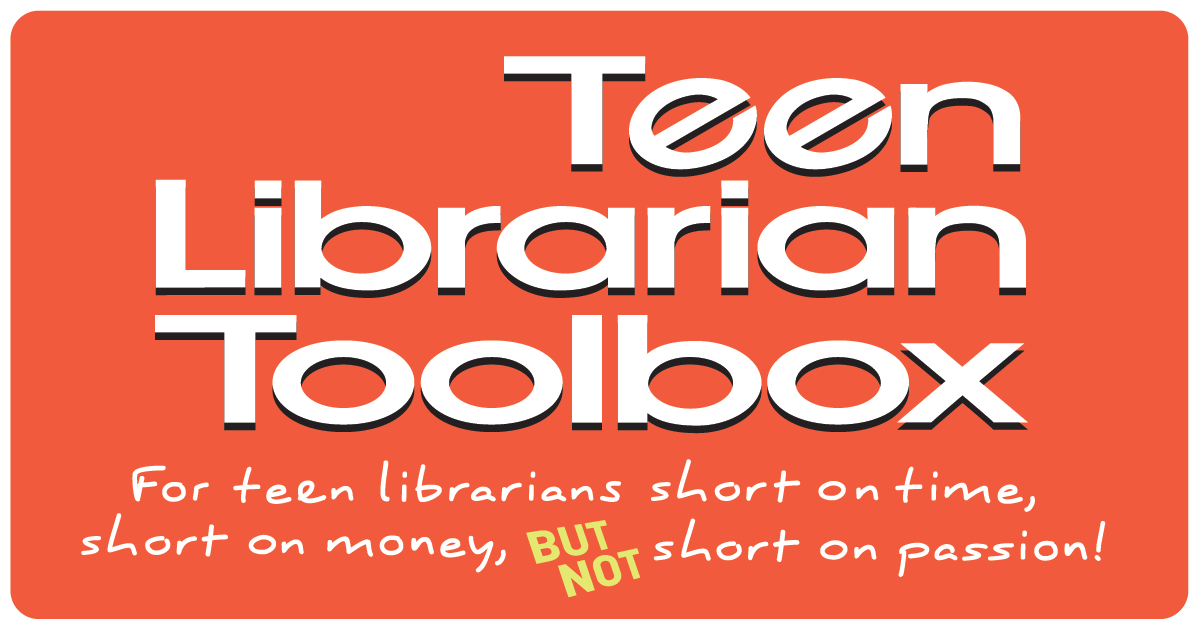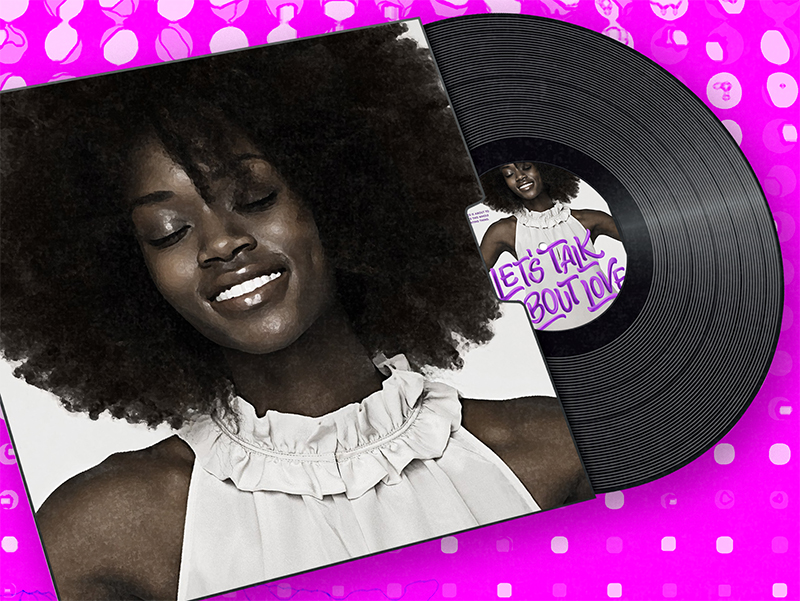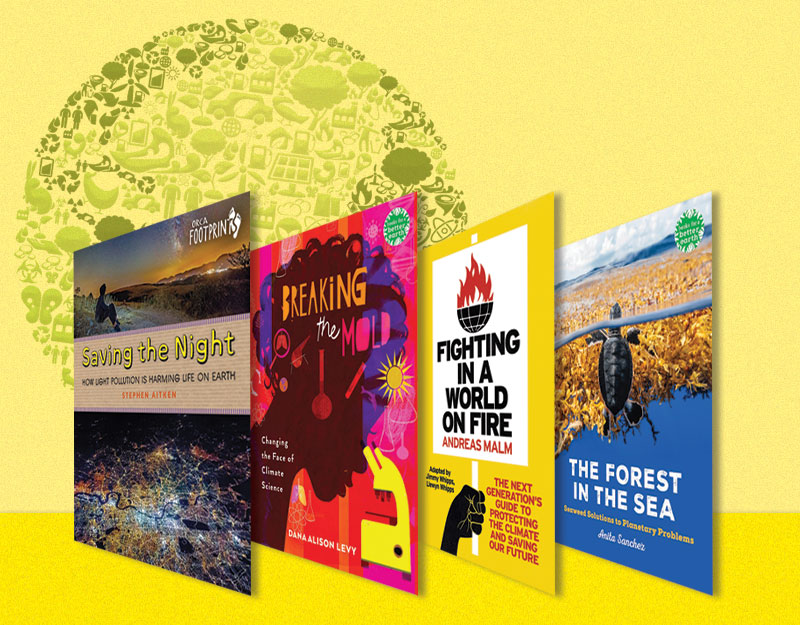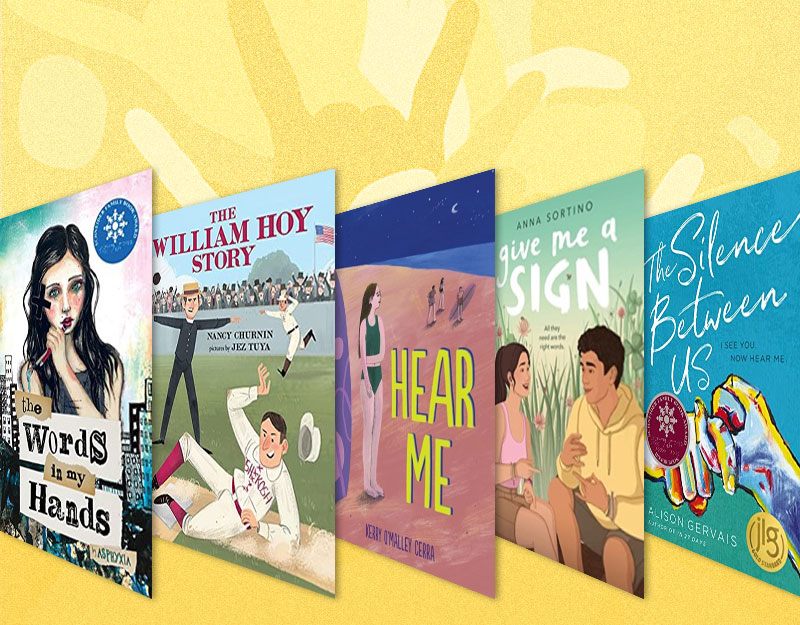The Reality of Unrealistic, a guest post by Emery Lee
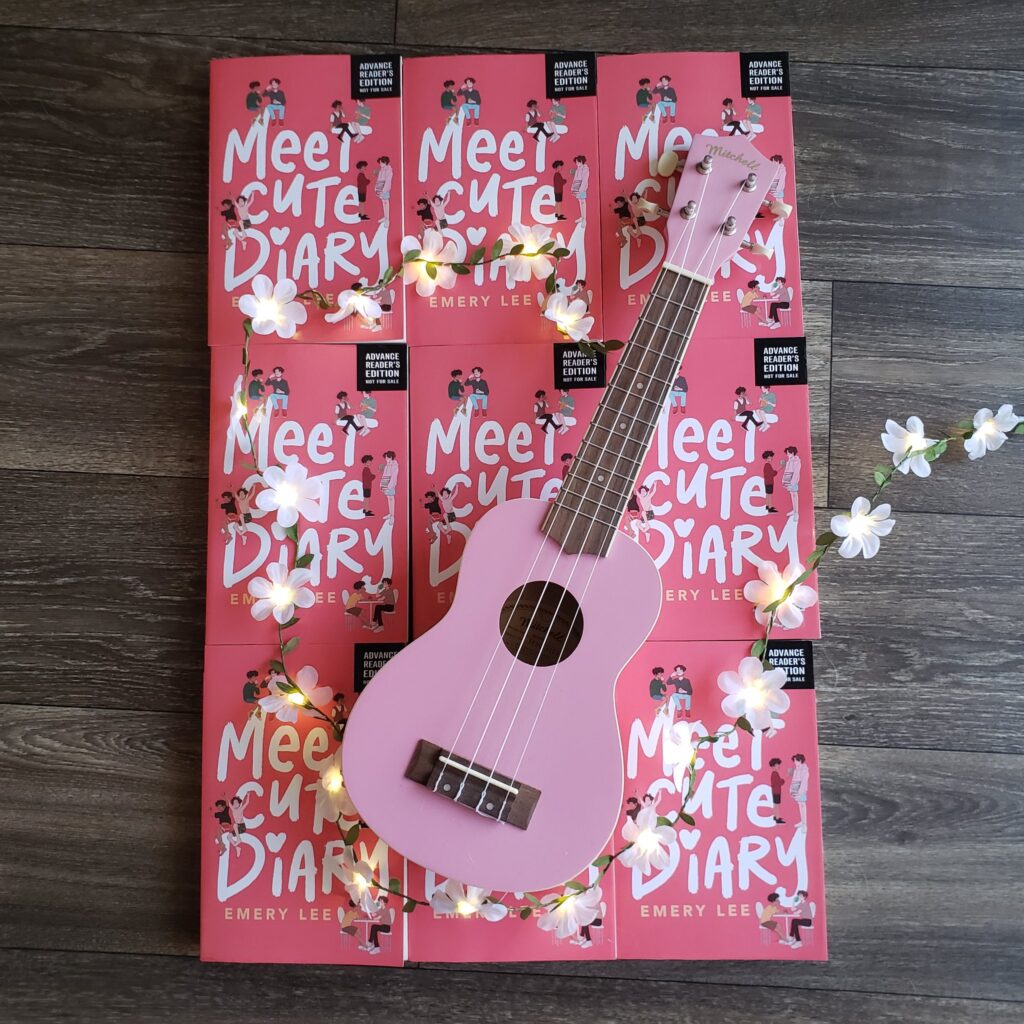
“The Hulk is a giant green monster that sprouts out of this scientist when he gets angry, but the really messy part of this movie is the military uniforms. Look at them. They’re just not realistic!”
I’ll never forget that writing class I took back in college, but it wasn’t just because the professor had an amazing sense of humor and actually took the time to explain writing as a career. What resounds through my head to this day was the moment when she covered the “willing suspension of disbelief,” and all that that entailed.
ADVERTISEMENT
ADVERTISEMENT
We don’t pick up fiction because we want everything to be perfectly realistic. We pick it up for green monsters that destroy towns when a person gets angry and lovers who find each other despite not speaking in twenty years and dystopian governments that reduce every person to a career type. That is, we pick up fiction to see the deeper parts of reality cast back at us in a way that we know we’ll never really see in real life. It’s reality through a thin layer of film, through a filter that gives us just enough distance to make us comfortable.
I’ve often heard, “Sometimes fiction has to be more believable than reality.” That things happen all the time in real life that we’d never allow in fiction, things that are just a little too uncanny or corny or coincidental. Despite these occurrences being real, we as readers see them and think, “But would that ever really happen?” and refuse to suspend disbelief for them.
But when it comes to suspending disbelief, who gets the benefit of the doubt and who doesn’t? Why is marrying your first love realistic but running into someone you only know from the internet too convenient? Why is it realistic for a teenager to save the world from the apocalypse but too difficult to believe they might save a peer from bullies without any ulterior motive? Why is a green monster that destroys cities more believable than a military uniform with too many patches?
The more I questioned what people suspend disbelief for, the more I realized that there isn’t an answer. Why is a green monster that destroys cities more believable than a military uniform with too many patches? Well, simply put, it’s not. At least not for me. Maybe if I knew more about military uniforms and the significance of patches and exactly how likely it might be for a scientist to turn into a giant green monster, but being a writer with no military background who never took a science class voluntarily, one of these things definitely feels unrealistic to me, and no, it’s not that shoddily designed uniform.
We suspend disbelief all the time for things we know nothing about, but when it comes to things we think we know, that point of logic in the back of our heads flares up like a red light screaming “THAT’S NOT REALISTIC”. But how much do we know, and how much do we think we know?
Is it realistic for an Asian family to wear shoes inside the house? Is it realistic for an entire friend group to all be queer? Is it realistic for someone to have only dated trans people? To only have neurodivergent friends? To live in a Latinx-majority town in the deep South?
As an author who writes a lot of stories from my own experiences, I find most of the “that’s not realistic” comments I receive aren’t on the things I’ve taken creative liberty on. They’re from the things that draw directly from my experiences of navigating the world, making friends, mixing languages, navigating the internet.
So the question becomes, is this real thing that happened to me unrealistic or is it just something that the reader has no understanding of and therefore doesn’t know how to believe?
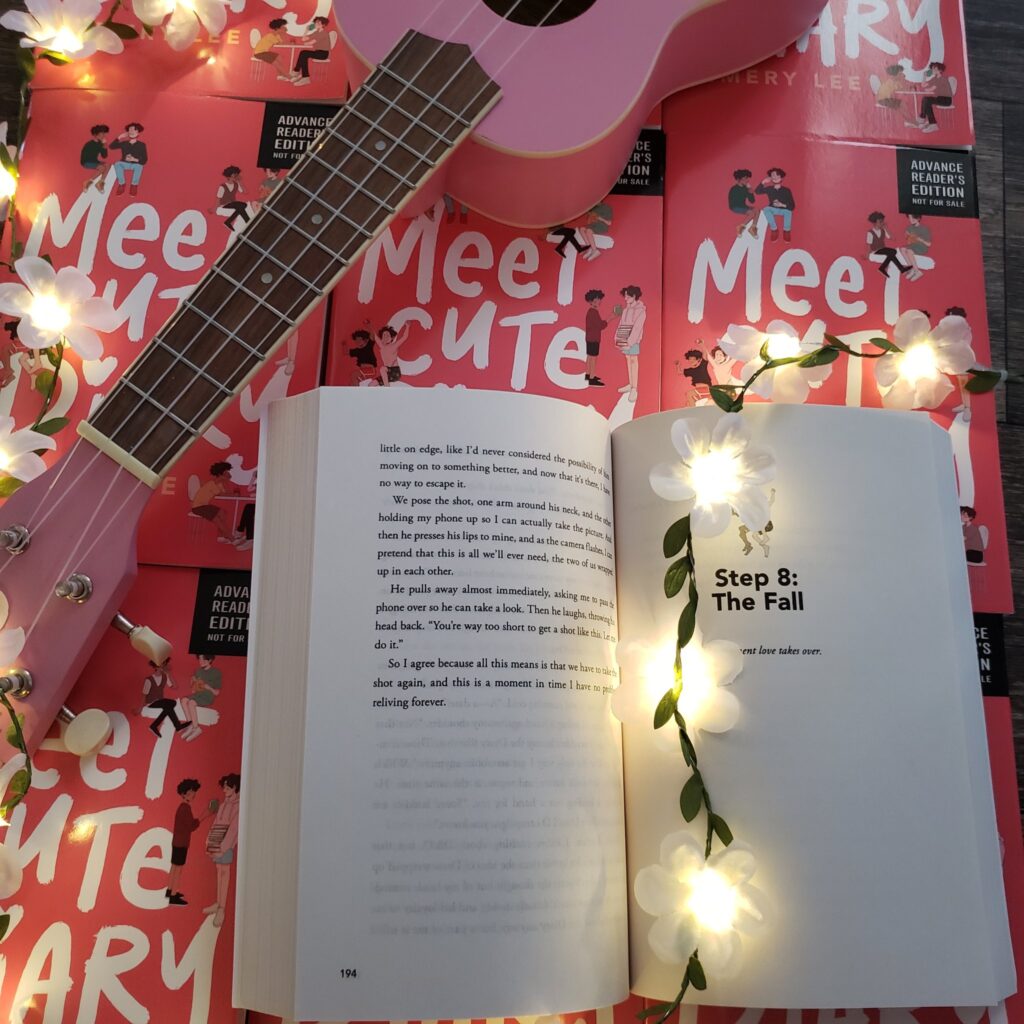
The way I read and write has transformed a lot since I first started branching out of my comfort zone with the authors that I pick up. The more diverse books I’ve read, the more I’ve come to realize that the way I see the world is just one way of seeing it. My way is no more real or insightful than any other. It’s simply that. My way.
And this has changed the way I talk about books and recommend books as well. Is a book “realistic”? Is it “relatable”? Is it more or less “authentic” based on my judgment of the book? Or is it a story that simply rings true for me, one that reflects my experience? One that reflects the way I see reality? I no longer use “relatable” or “authentic” as synonyms for “good”. I no longer consider them goals or even attainable. The fact of the matter is that anything that’s relatable is inherently not relatable to someone else. There is no universally relatable experience.
And so there is no universally relatable story. Especially within children’s fiction, it’s important that a wide range of experiences are being shared with all sorts of readers. Not just what’s “realistic” or “believable” to me or even what may seem “universally believable” based on what I know of the world, but all the marginalized or niche experiences of reality as well. Even if most people don’t understand the world the way I see it, that doesn’t mean my story doesn’t deserve to be told. That doesn’t mean that my reality isn’t real.
There is no such thing as an unrealistic reality, just a reality that some people are unwilling to accept.
And so it may be true that fiction is oftentimes more believable than reality, but that is in and of itself a show of how much we’ve failed to push the boundaries of fiction. If fiction can reflect mermaids and aliens and enemies who fall in love while trying to kill each other, it can also show teens that their reality exists, no matter how many people may try to insist it doesn’t. After all, fiction is the one place where literally anything is possible. If it tells teens that their own experiences are too unrealistic to put on paper, well, I think it’s about time we changed that.
Meet the author

ADVERTISEMENT
ADVERTISEMENT
Emery Lee is a kidlit author, artist, and YouTuber hailing from a mixed-racial background. After graduating with a degree in creative writing, e’s gone on to author novels, short stories, and webcomics. When away from reading and writing, you’ll most likely find em engaged in art or snuggling cute dogs.
Website: https://www.emeryleebooks.com/
Twitter: https://twitter.com/EmeryLeeWho
Instagram: https://www.instagram.com/emeryleebooks/
About Meet Cute Diary
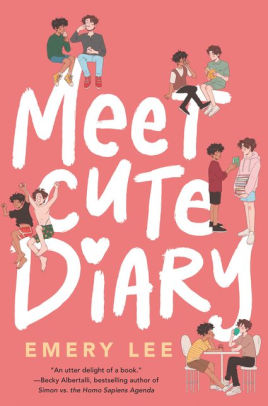
Felix Ever After meets Becky Albertalli in this swoon-worthy, heartfelt rom-com about how a transgender teen’s first love challenges his ideas about perfect relationships.
Noah Ramirez thinks he’s an expert on romance. He has to be for his popular blog, the Meet Cute Diary, a collection of trans happily ever afters. There’s just one problem—all the stories are fake. What started as the fantasies of a trans boy afraid to step out of the closet has grown into a beacon of hope for trans readers across the globe.
When a troll exposes the blog as fiction, Noah’s world unravels. The only way to save the Diary is to convince everyone that the stories are true, but he doesn’t have any proof. Then Drew walks into Noah’s life, and the pieces fall into place: Drew is willing to fake-date Noah to save the Diary. But when Noah’s feelings grow beyond their staged romance, he realizes that dating in real life isn’t quite the same as finding love on the page.
In this charming novel by Emery Lee, Noah will have to choose between following his own rules for love or discovering that the most romantic endings are the ones that go off script.
ISBN-13: 9780063038837
Publisher: HarperCollins Publishers
Publication date: 05/04/2021
Age Range: 14 – 17 Years
Filed under: Uncategorized
About Amanda MacGregor
Amanda MacGregor works in an elementary library, loves dogs, and can be found on Twitter @CiteSomething.
ADVERTISEMENT
ADVERTISEMENT
SLJ Blog Network
2024 Books from Coretta Scott King Winners
The Ultimate Love Letter to the King of Fruits: We’re Talking Mango Memories with Sita Singh
Monkey King and the World of Myths: The Monster and the Maze | Review
Parsing Religion in Public Schools
ADVERTISEMENT

